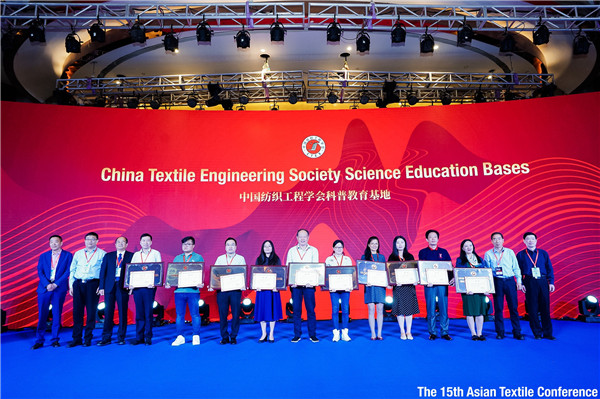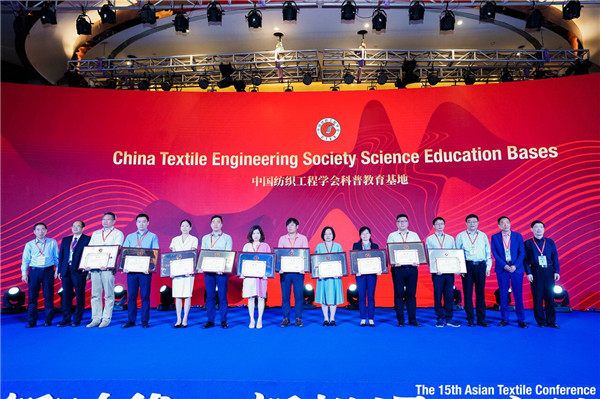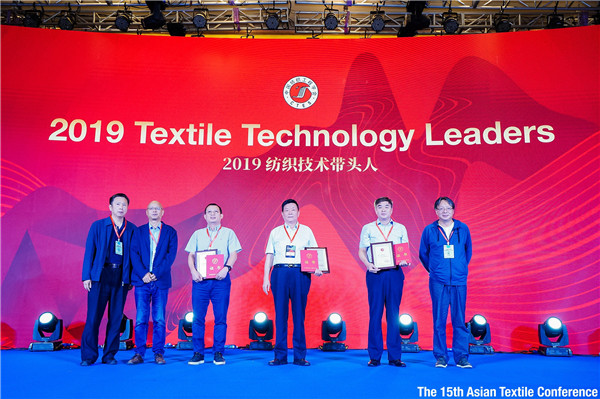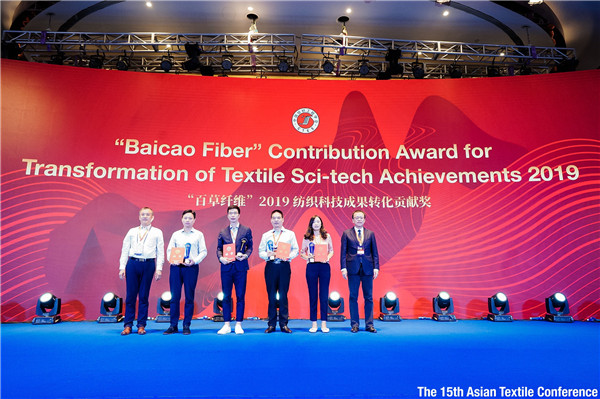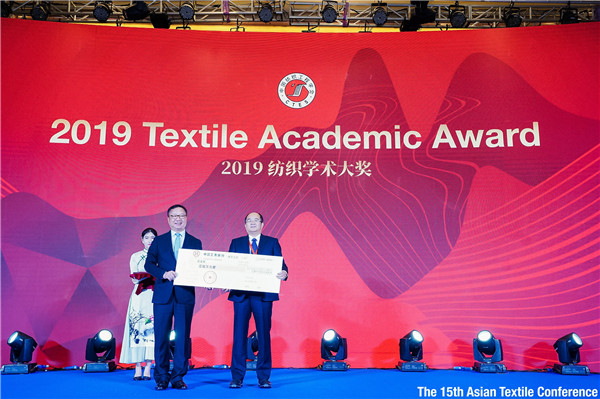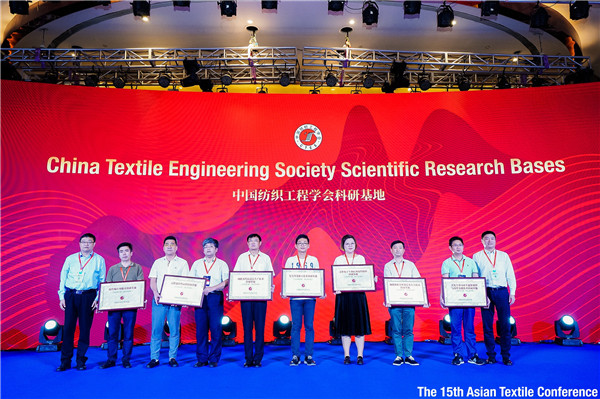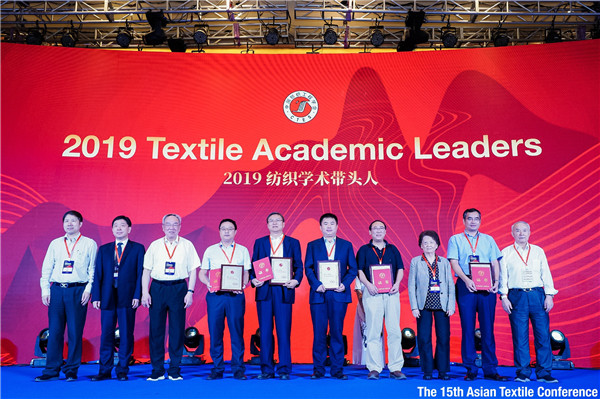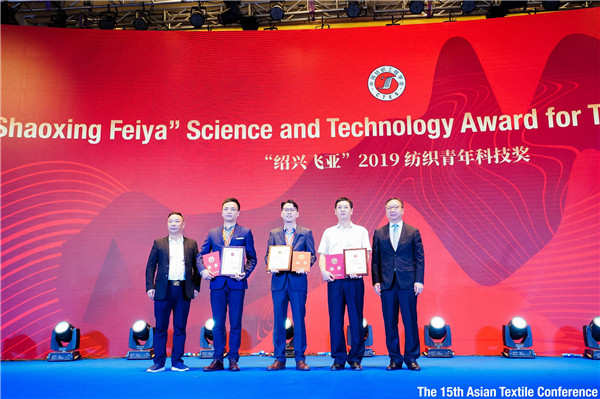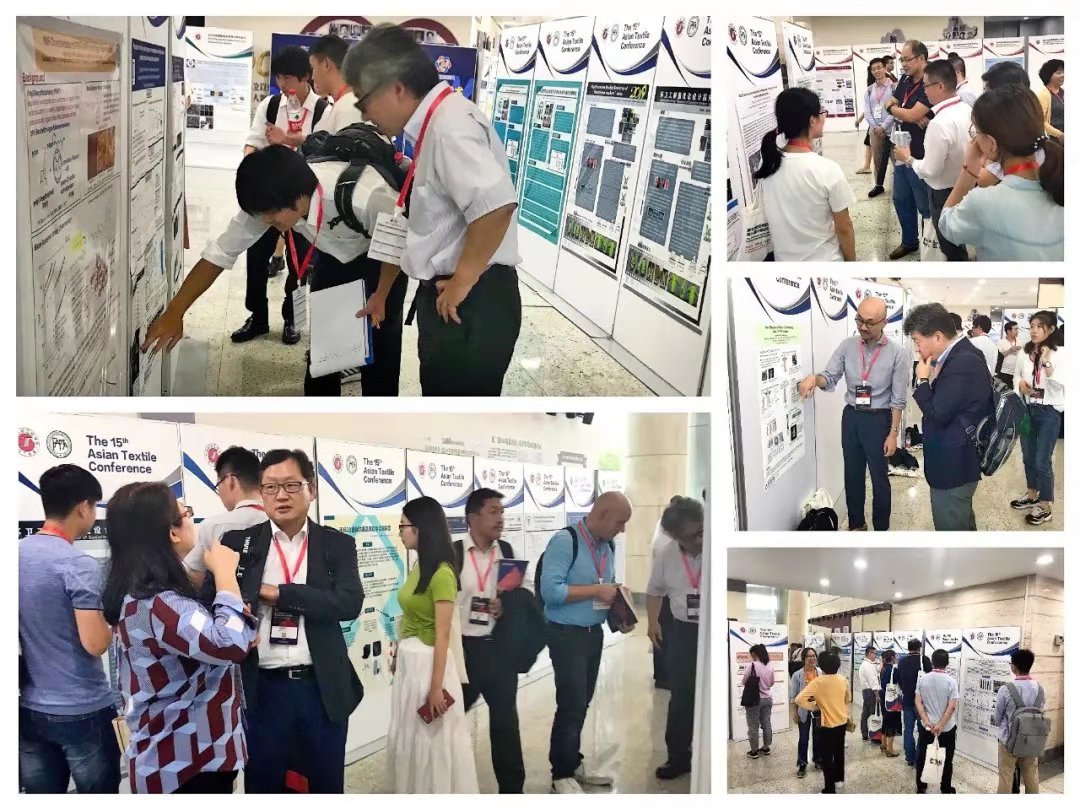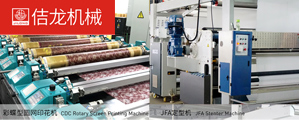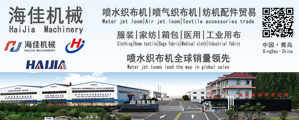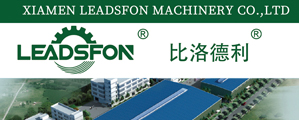The 15th ATC: Sharing scientific research results and exploring future trends
Oct 14, 2019 | by CT
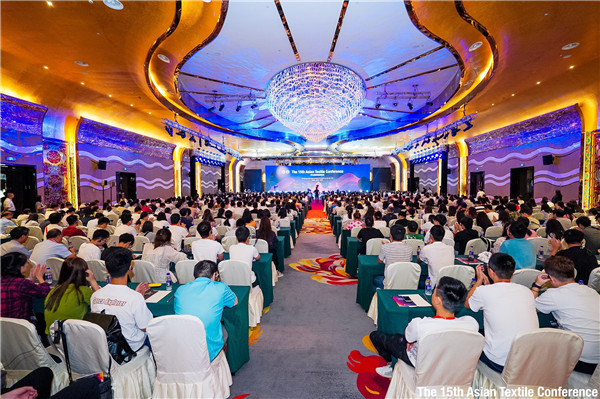
The 15th Asian Textile Conference (ATC) and the 9th China Textile Academic Conference with the theme of “Challenges and Opportunities to Textiles in the New Era” were convened on September 28th in Keqiao Shaoxing, gathering more than 1,200 delegates from China, the United States, Britain, France, South Korea, Japan, India, Australia, Singapore, Pakistan and other countries and regions to share the latest scientific research results and discuss the future development of textile technology.
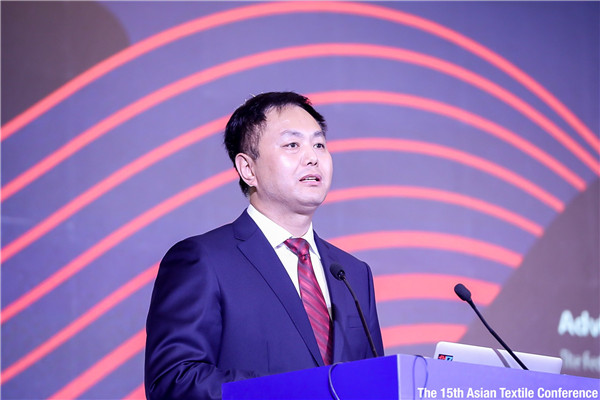
The opening ceremony of the conference was hosted by Fu Guangwei, executive vice president of the China Textile Engineering Society and chairman of the 15th Asian Textile Society Alliance.
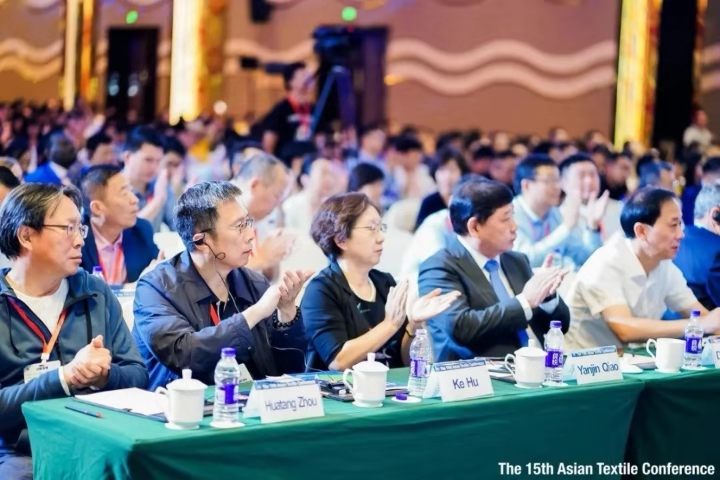
Co-sponsored by China Textile Engineering Society and Keqiao District People’s Government of Shaoxing City, the conference was jointly organized by China Textile City Construction Management Committee of Keqiao District, Shaoxing City, Zhejiang SCI-TECH University, China National Textile and Apparel Council Testing Center and China Fabric Sample Warehouse, and co-organized by Shaoxing Feiya Dyeing and Printing Co., Ltd. Moreover, it also received strong support from Donghua University, Jiangnan University, Qingdao University, Xi’an Polytechnic University, China Textile Academy, The Textile Institute and Shaoxing Science and Technology Association.
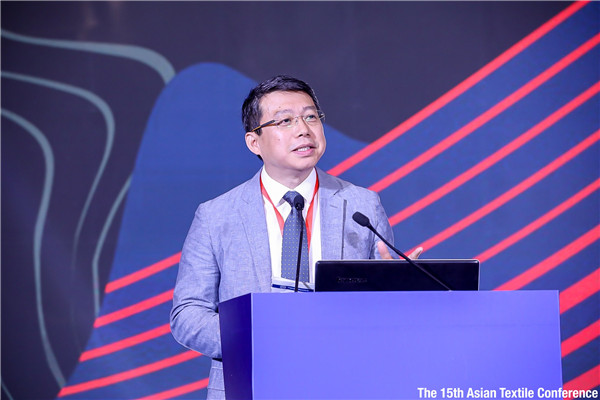
Xin Haozhong, Chairman of the 14th Federation of Asian Professional Textile Associations (FAPTA) and Professor of Hong Kong Polytechnic University, gave a brief introduction to the history FAPTA: ATC is one of the main activities of FAPTA, held every two years. Since 1992, it has been successfully held for 14 sessions in the FAPTA member location, providing an excellent communication platform for textile science and technology talents. It has a positive role in bringing together wisdom, further promoting multilateral cooperation and advancing the development of the textile industry worldwide.
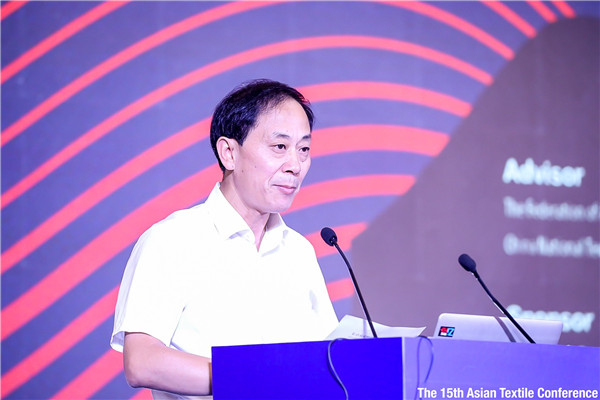
Zhu Jianming, Deputy Director of the People’s Government of Keqiao District pointed out that relying on the activities around the “Belt and Road”, Keqiao textile is showcasing continuously improved international influence, and it has gradually become an international textile capital with unique industrial advantages. Experts, scholars, industry elites and entrepreneurs from the global textile industry are welcome to carry out more industry-university-research cooperation with the textile enterprises in Keqiao through this conference, further strengthening technical exchanges and project match-making, and making greater contribution to the development of the world textile industry.
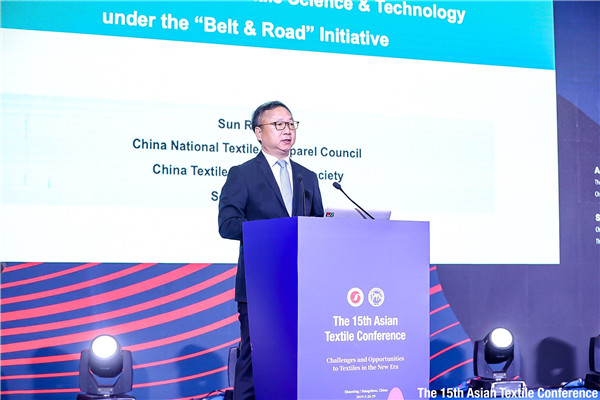
Sun Ruizhe, President of China National Textile and Apparel Council and Chairman of China Textile Engineering Society, delivered a keynote speech entitled “Challenges and Opportunities for International Cooperation on Textile Science and Technology under the Belt and Road Initiative”. He said that in the face of uncertain external environment, the textile industry is facing unprecedented pressure. The Asian textile industry has an absolute advantage in the traditional market in the world. The yarn production in Asian countries accounts for 82% of the global yarn production. He pointed out that the countries along the “Belt and Road” are already important partners in China's textile and apparel trade, and also a key area for China’s textile and garment industry to invest abroad. Chinese textile and garment enterprises expect to conduct practical cooperation with more countries. The “Belt and Road” has risen from the Chinese initiative to an international consensus. More than 136 countries have participated in the “Belt and Road” initiative, and 30 international organizations have supported this initiative. China has also signed cooperation agreements with more than 194 countries. This is not only cooperation in capacity, but also attracts the scientific and technological talents worldwide to jointly carry out bilateral or multilateral cooperation in high and new technology.
He emphasized that China’s textile technology must have new achievements in the development of the “Belt and Road”. First is to build a think tank. There are many universities and research institutions in the countries along the “Belt and Road”, and we hope that Chinese universities can conduct academic exchanges and cooperation with universities in the countries along the “Belt and Road”. Secondly, we must build a scientific research park. Thirdly, it is necessary to promote scientific and cultural exchanges in the textile and garment industry.
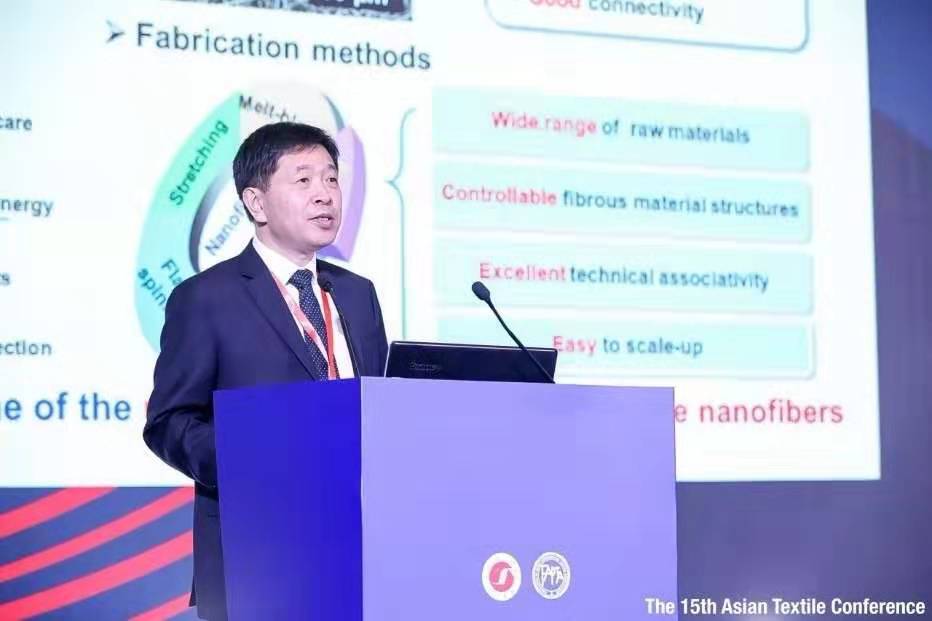
The organizing committee invited academicians and experts from home and abroad to conduct academic exchanges. Yu Jianyong, academician of the Chinese Academy of Engineering and President of Donghua University, made a keynote speech on “Development and Application of Nanofiber Aerogel Materials”. He proposed a new method for the construction of nanofibers. Through this technology, an ultra-light superelastic nanofiber aerogel with stable cell structure is obtained. This material is expected to further enhance the nanofibers’ application performance in the fields of sound absorption and warmth retention, oil and water separation, air filtration and high temperature insulation, providing a new idea for the structural design and functional application of nanofiber materials.
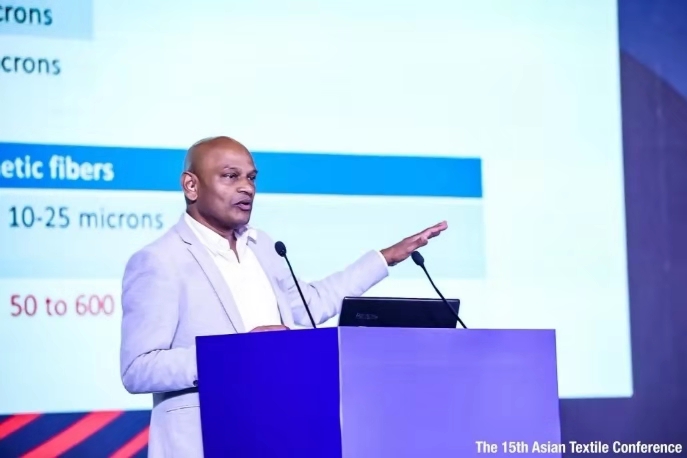
Professor Sarah Ramakrishna from National University of Singapore gave a detailed introduction to the development as well as potential opportunities and challenges of a variety of high-functional textiles such as smart wearable products, light textiles, self-cleaning textiles, electronic textiles, robotic surface materials, and recycled textiles.
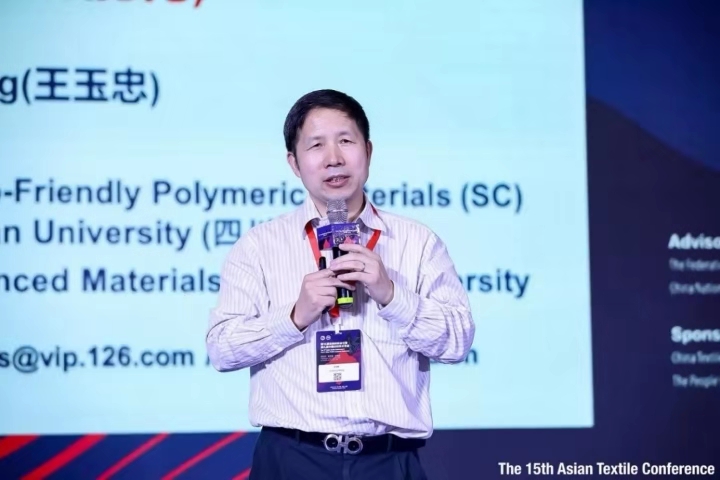
Wang Yuzhong, an academician of the Chinese Academy of Engineering and a professor at Sichuan University, made a keynote speech to explore the preparation of a universal multi-functional coated fabric that can be used to modify a variety of fiber substrates. The surface has excellent super-hydrophobic/super oleophobic, antibacterial, flame retardant, and self-cleaning functions.
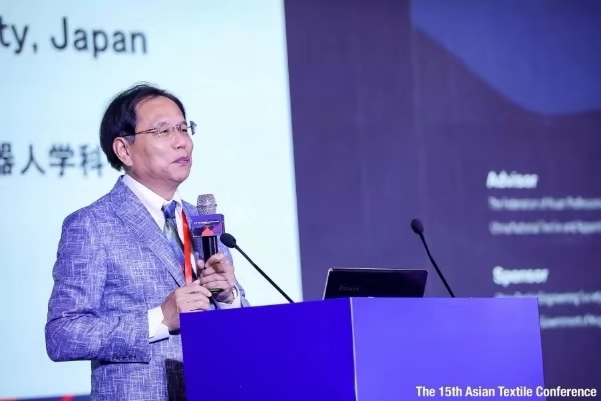
Ni Qingqing, a professor at Shinshu University in Japan and a member of the Japanese Academy of Engineering, reported on the development and application of multi-dimensional textile structural composites, introducing the latest developments of multi-dimensional textile composites. Professor Gajanan S.Bhat from University of Georgia, Professor Seong Hun Kim from Hanyang University, Professor Ludovic Koehl from ENSAIT, Professor Fan Jintu from Hong Kong Polytechnic University, and Professor Chris Carr from University of Leeds, shared their latest research results respectively.
Highlights at the conference